Top 8 Amazing Places Featuring In Dan Brown’s Novels
Through his novels, Dan Brown provides real insights into the places his stories are set, inspiring many to visit the places in his books, including Angels & Demons set in Rome and Florence featured in Inferno.
His latest book, Origin, was released in 2017 and is set entirely in Spain.
Take a look at these 8 locations that were featured in his novels.
1. Fountain of the Four Rivers
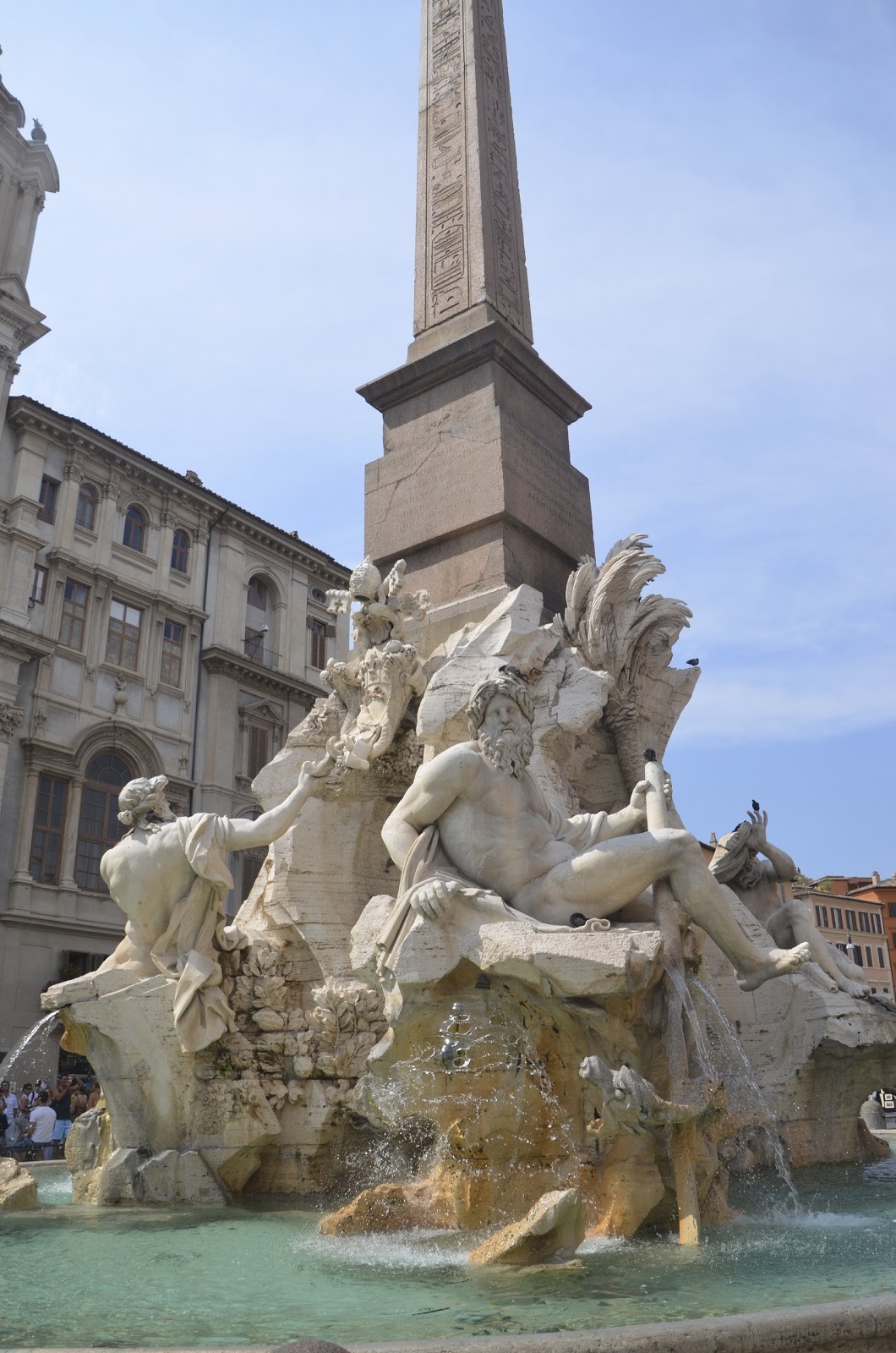 |
| Photo: Tutt'Art |
Fontana dei Quattro Fiumi (Fountain of the Four Rivers) is a fountain in the Piazza Navona in Rome, Italy. It was designed in 1651 by Gian Lorenzo Bernini for Pope Innocent X whose family palace, the Palazzo Pamphili, faced onto the piazza as did the church of Sant'Agnese in Agone of which Innocent was the sponsor.
The base of the fountain is a basin from the center of which travertine rocks rise to support four river gods and above them, a copy of an Egyptian obelisk surmounted with the Pamphili family emblem of a dove with an olive twig. Collectively, they represent four major rivers of the four continents through which papal authority had spread: the Nile representing Africa, the Danube representing Europe, the Ganges representing Asia, and the Río de la Plata representing the Americas.
The making of the fountain was met by opposition by the people of Rome for several reasons. First, Innocent X had the fountain built at public expense during the intense famine of 1646–48. Throughout the construction of the fountain, the city murmured and talk of riot was in the air. Pasquinade writers protested against the construction of the fountain in September 1648 by attaching hand-written invectives on the stone blocks used to make the obelisk. These pasquinades read, "We do not want Obelisks and Fountains, it is bread that we want. Bread, Bread, Bread!" Innocent quickly had the authors arrested, and disguised spies patrol the Pasquino statue and Piazza Navona.
2. Louvre museum
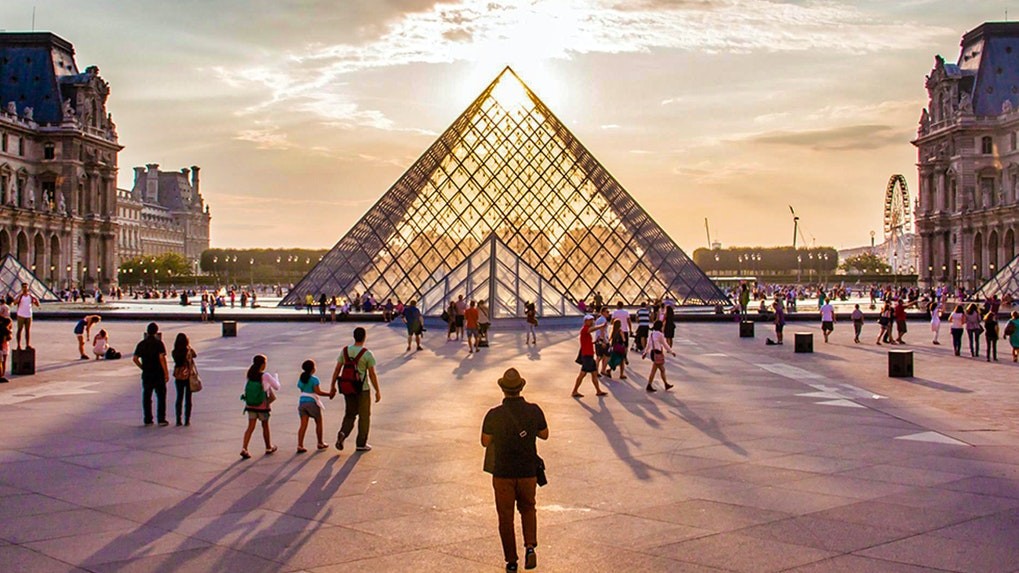 |
| Photo: Tickets-paris.fr |
The Louvre is the world's largest museum and houses one of the most impressive art collections in history. The magnificent, baroque-style palace and museum — LeMusée du Louvre in French — sits along the banks of the Seine River in Paris. It is one of the city's biggest tourist attractions.
The Louvre was originally built as a fortress in 1190, but was reconstructed in the 16th century to serve as a royal palace. "Like many buildings, it was built and rebuilt over the years," said Tea Gudek Snajdar, an Amsterdam-based art historian, museum docent and a blogger at Culture Tourist.
During its time as a royal residence, the Louvre saw tremendous growth. Nearly every monarch expanded it, according to History.com. Today, it covers a total area of 652,300 square feet (60,600 square meters). In 1682, Louis XIV moved the royal residence to Versailles, and the Louvre became home to various art academies, offering regular exhibitions of its members' works.
During the French Revolution, Louis XVI and his wife, Marie Antoinette, were forcibly removed from Versailles and imprisoned in Tuilleries Palace, which was then adjacent to the Louvre, according to the Louvre’s official website. They were beheaded there in 1793.
The National Assembly opened the Louvre as a museum in August 1793 with a collection of 537 paintings. The museum closed in 1796 because of structural problems with the building. Napoleon reopened the museum and expanded the collection in 1801, and the museum was renamed Musée Napoléon.
After Napoleon, the Louvre continued to expand. The multi-building Louvre Complex was completed under the reign of Napoleon III in the mid-19th century, according to napoleon.org.
3. Westminster Abbey
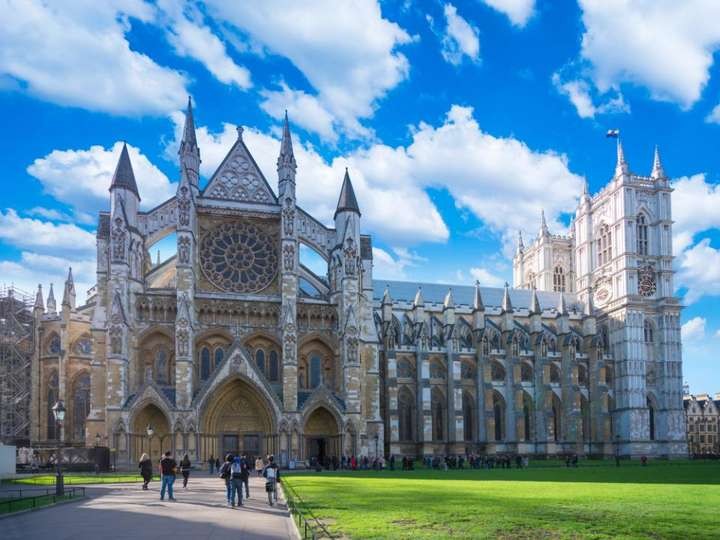 |
| Photo: Shutterstock |
Westminster Abbey is one of the most famous religious buildings in the world, and it has served an important role in British political, social and cultural affairs for more than 1,000 years. In spite of its name, the facility is no longer an abbey, and while it still hosts important religious activities, it no longer houses monks or nuns. Westminster Abbey has been the site of royal coronations since 1066, and has been a working facility for religious services since the 10th century.
In 1040, King Edward I, who later became known as St. Edward the Confessor, built his royal palace on a nearby tract of land. A religious monarch, Edward I decided to endow and expand the monastery. He commissioned the construction of a large, Romanesque-style stone church in honor of St. Peter the Apostle. Twenty-five years later, in December 1065, the new church was completed, although Edward I was too ill to attend the dedication ceremony and died a few days later. The new church, St. Peter’s Cathedral, became known as the “West-minster” to distinguish it from St. Paul’s Cathedral, another notable London church that was called the “East-minster.”
Westminster Abbey stopped serving as a monastery in 1559, at roughly the same time it became an Anglican church (part of the Church of England) and formally left the Catholic hierarchy. In 1560, the church was granted “Royal Peculiar” status. This designation essentially means that it belongs to the ruling monarch, and is not governed by any diocese of the Church of England.
In addition to serving as a site for royal coronations and burials, Westminster Abbey has famously been the location for 17 royal weddings—including the 2011 marriage of Prince William to Catherine Middleton. The last coronation performed at Westminster Abbey was that of Queen Elizabeth II, the present monarch, in 1953. The church is also known as the site of the funeral of Princess Diana in 1997.
4. Washington Monument
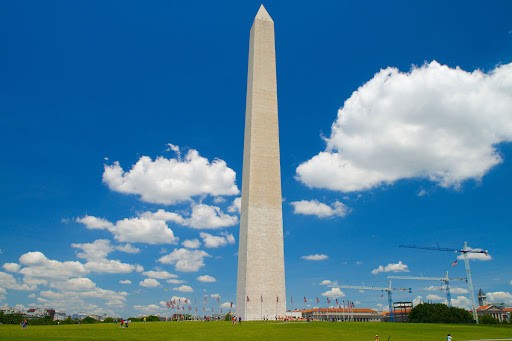 |
| Photo: Getty Images |
One of the most celebrated and spectacular sights on the National Mall, the Washington Monument, stands as a grand tribute to our nation’s first President, George Washington. The 555-foot obelisk is also one of the oldest and most recognizable memorials in the City. While construction began in 1848, the monument was not completed until 1884 because of financial difficulties during the Civil War.
Visitors from around the world are treated to breathtaking views from the top of the monument where the Lincoln and Jefferson Memorials, the Capitol, and the White House can be seen. Inside, 192 memorial stones that were donated from various states, cities and historical societies are seen on the walls.
Today, visitors to Washington DC can tour the monument and visit it day or night, including climbing to the top of the obelisk. Although it is free and open to the public, guests need to get tickets in order to tour the monument. Tickets can be reserved in advance of you can go to the Washington Monument Lodge on 15th Street adjacent to the Monument to pick them up. You’ll be given a specific time for your tour.
Located on the western end of the National Mall just a short distance from the Washington Monument, the Lincoln Memorial is a tribute to Abraham Lincoln, the 16th president of the United States. It was dedicated on May 30, 1922, and the focal point, a statue of Lincoln seated, is 19 feet tall and carved out of 28 blocks of white Georgia marble. On the walls of the memorial visitors can read several inscriptions, including Lincoln’s second Inaugural address.
5. Boboli Gardens
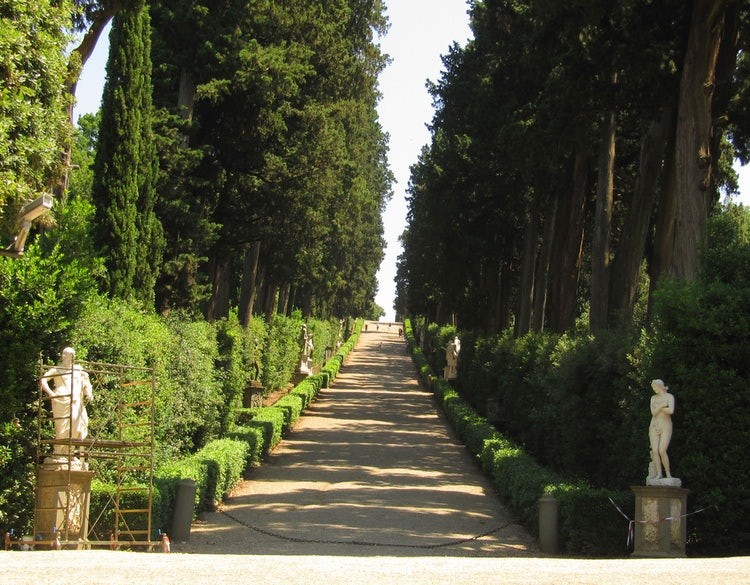 |
| Photo: Florence, Italy |
Directly behind Pitti Palace are the marvelous Boboli Gardens. The Medici family established the layout of the gardens, creating the Italian garden style that would become a model for many European courts. The vast green expanse with a regular layout is a real outdoor museum, populated by ancient and Renaissance statues. The Gardens are also adorned with grottos, the most important of which is the famous grotto realized by Bernardo Buontalenti, as well as large fountains, such as the Fountain of Neptune and the Fountain of the Ocean.
The subsequent Habsburg-Lorraine and Savoy dynasties further developed the layout, extending the boundaries that flank the ancient city walls until Porta Romana. In the stunningly beautiful terraced area, there is an 18th-century pavilion called the Kaffeehaus, a rare example of Rococo architecture in Tuscany, and the Lemon House built by Zanobi del Rosso between 1777 and 1778. The tour of Boboli Gardens completes the Pitti Palace visit of which it is an integral part, allowing the spirit of court life to be fully appreciated and the gardens to be enjoyed, which, although constantly updated, remain true to their original project.
6. Hagia Sophia
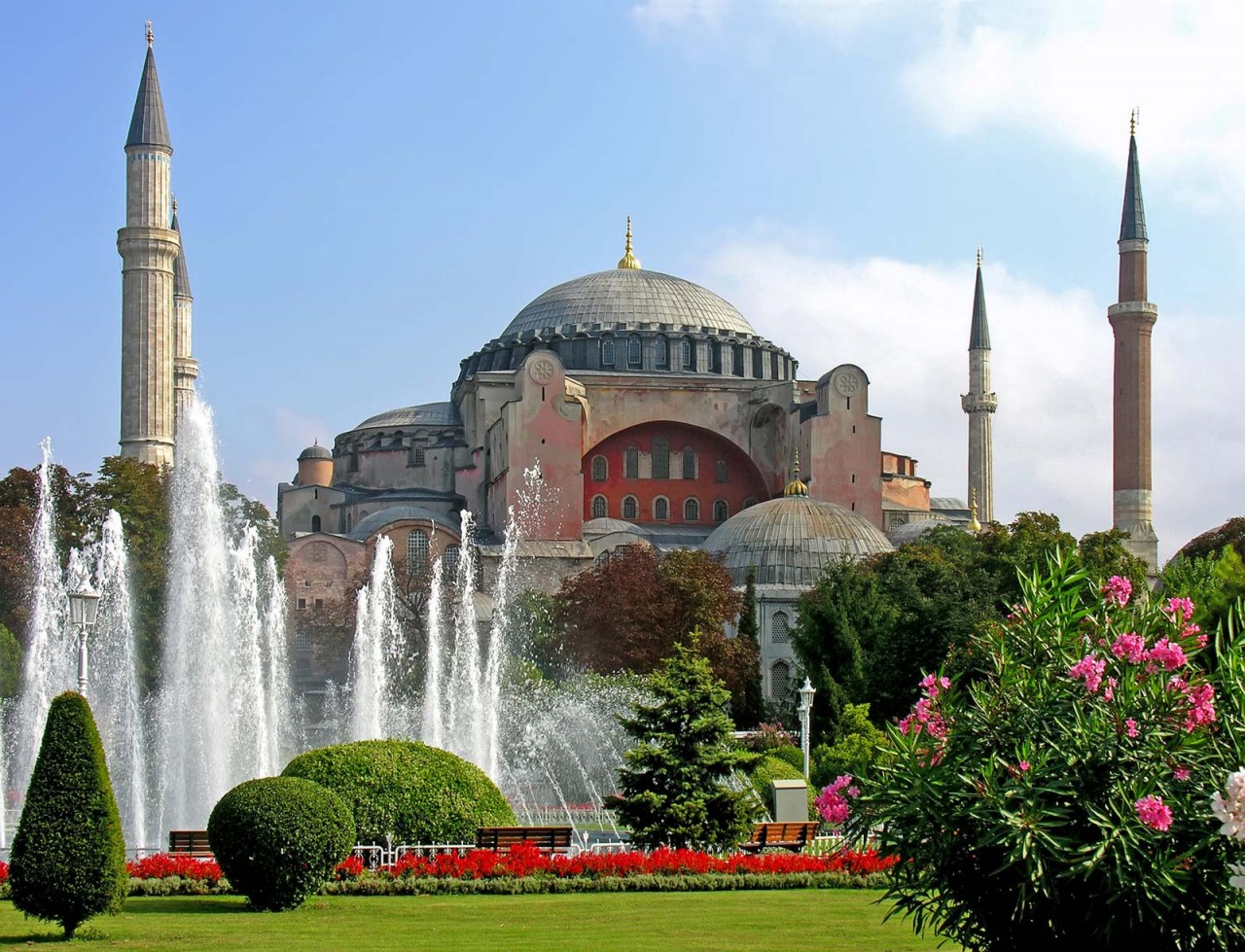 |
| Photo: Britannica |
The Hagia Sophia has just opened to receive Sunni Muslim worshippers for the first time since 1931. The decision to convert the building in Istanbul, Turkey from a museum back into a mosque has divided opinion. Many Turkish inhabitants commend the transformation while mostly secular Turkish inhabitants and much of the international community find it inconceivable.
Strategically located for more than two millennia on the Bosporus between Europe and Asia, between the Black Sea and the Mediterranean, Istanbul has been the site of major religious, political, and artistic events in world history.
The Hagia Sophia, originally a Byzantine church built in the sixth century, and for a short period in the 13th century a Catholic church was converted into a mosque in 1453. It became a symbol of the Ottoman conquest of Istanbul by Mehmed II, also known as the conqueror.
The building owes its splendor to the Ottoman architect of Armenian origin, Mimar Sinan. Between 1566 and 1574, Mimar Sinan extensively strengthened the Byzantine structure by adding two more minarets, securing its status as a monument that amalgamates symbols of both Christianity and Sunni Islam. This made the building something quite unique in the world.
7. La Sagrada Família Basilica
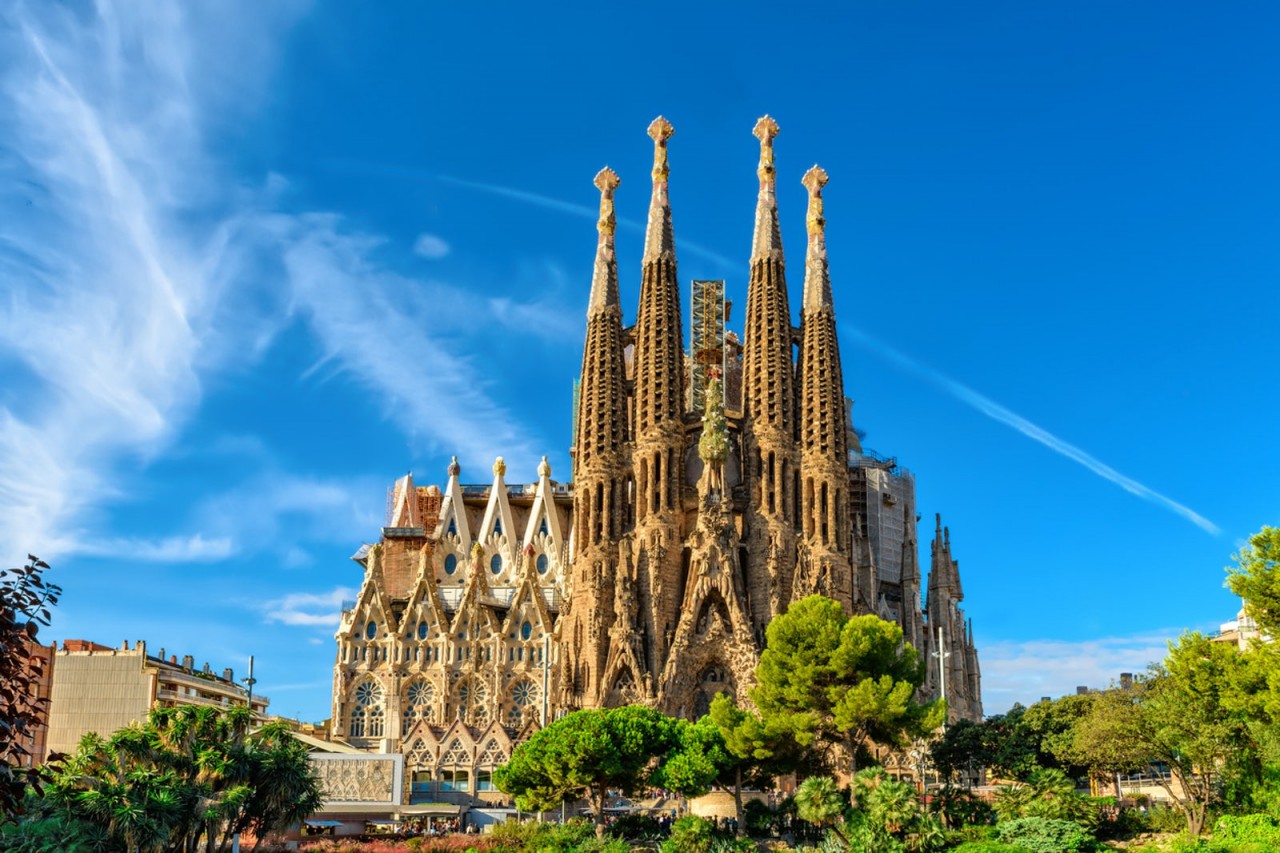 |
| Photo: Itinari.com |
La Sagrada Família is one of Gaudí's most famous works in Barcelona. It's a giant Basilica that has been under construction since 1882 (that's not a typing error) and it's not expected to be completed for some time yet.
Relying solely on private donations, the Sagrada Família's construction progressed slowly and was interrupted by the Spanish Civil War. In July 1936, revolutionaries set fire to the crypt and broke their way into the workshop, partially destroying Gaudí's original plans, drawings, and plaster models, which led to 16 years of work to piece together the fragments of the master model. Construction resumed to intermittent progress in the 1950s. Advancements in technologies such as computer-aided design and computerized numerical control (CNC) have since enabled faster progress and construction past the midpoint in 2010. However, some of the project's greatest challenges remain, including the construction of ten more spires, each symbolizing an important Biblical figure in the New Testament. It was anticipated that the building would be completed by 2026, the centenary of Gaudí's death but this has now been delayed due to the COVID-19 pandemic.
The basilica has a long history of splitting opinion among the residents of Barcelona: over the initial possibility, it might compete with Barcelona's cathedral, over Gaudí's design itself, over the possibility that work after Gaudí's death disregarded his design, and the 2007 proposal to build a tunnel nearby as part of Spain's high-speed rail link to France, possibly disturbing its stability.
8. Guggenheim Bilbao Museum
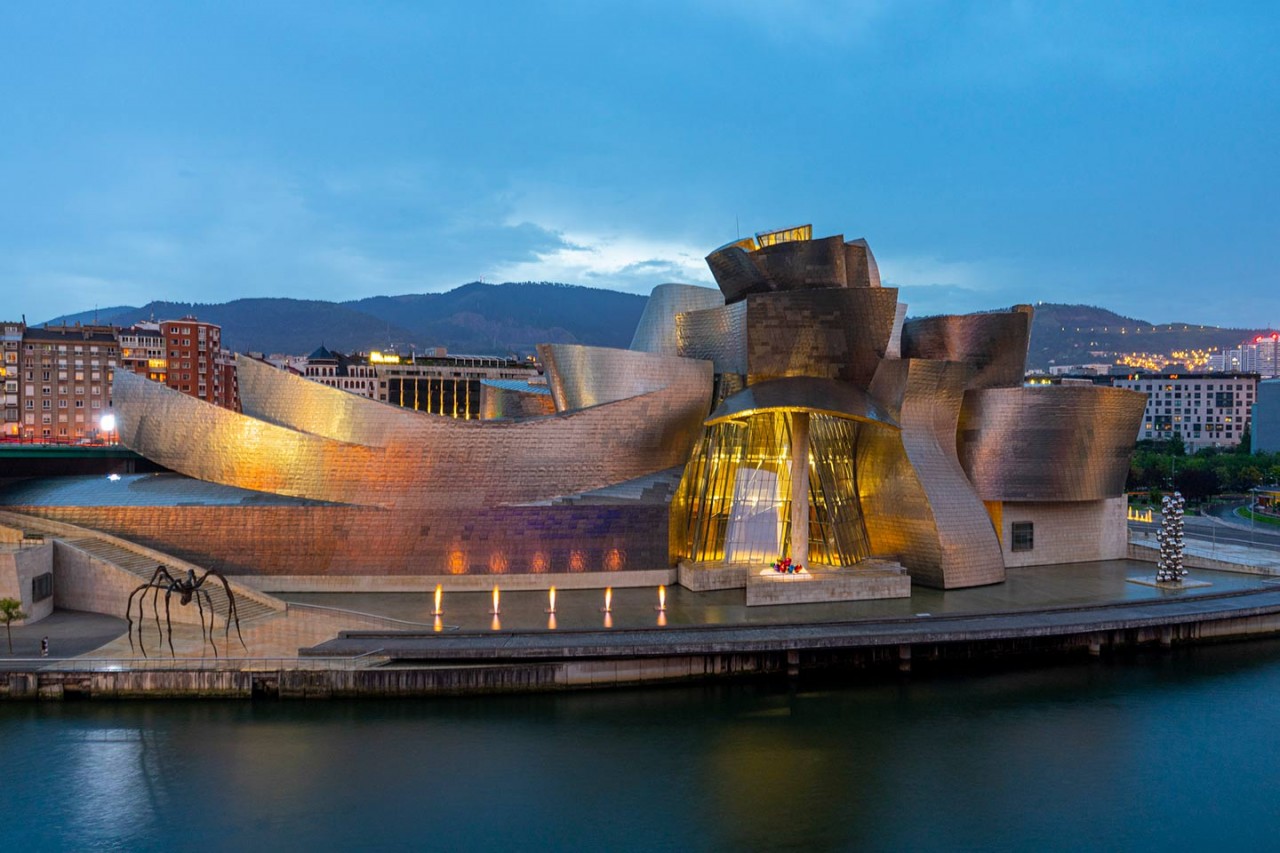 |
| Photo: Guggenheim Bilbao |
Set on the edge of the Nervión River in Bilbao, Spain, the Guggenheim Museum is a fusion of complex, swirling forms and captivating materiality that responds to an intricate program and an industrial urban context. With over a hundred exhibitions and more than ten million visitors to its recognition, Frank Gehrys Guggenheim Museum Bilbao not only changed the way that architects and people think about museums but also boosted Bilbao's economy with its astounding success. In fact, the phenomenon of a city’s transformation following the construction of a significant piece of architecture is now referred to as the “Bilbao Effect.”
In 1991, the Basque government proposed to the Solomon R. Guggenheim Foundation that it fund a Guggenheim museum to be built in Bilbao’ss dilapidated port area, once the city’s main source of income. Appropriately, the museum became part of a larger redevelopment plan that was meant to renew and modernize the industrial town. Almost immediately after its opening in 1997, the Guggenheim Bilbao became a popular tourist attraction, drawing visitors from around the world.
The riverside site is on the northern edge of the city center. A road and railway line is to the south, the river to the north, and the concrete structure of the Salve Bridge to the east. Making a tangible physical connection with the city, the building circulates and extrudes around the Salve Bridge, creates a curved riverside promenade, and forms a generous new public plaza on the south side of the site where the city grid ends.
 | Best Places To Visit In 2022 During these Covid-19 time and global restriction, travelling is limited, with the hope everything will go back to normal in the next year. Take a ... |
 | 2021 World Travel Awards: Cuc Phuong Named For Asia’s Leading National Park Cuc Phuong National Park, a famous tourist destination and natural attraction, has been named "Asia's Leading National Park" at the 2021 World Travel Awards. |
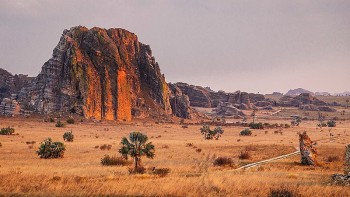 | Discover Amazing Facts About Madagascar, The World’s Fourth Largest Island Madagascar is an island country lying off the southeastern coast of Africa, and is also the fourth largest island in the world, after Greenland, New ... |
Recommended
 World
World
Pakistan NCRC report explores emerging child rights issues
 World
World
"India has right to defend herself against terror," says German Foreign Minister, endorses Op Sindoor
 World
World
‘We stand with India’: Japan, UAE back New Delhi over its global outreach against terror
 World
World
'Action Was Entirely Justifiable': Former US NSA John Bolton Backs India's Right After Pahalgam Attack
 World
World
US, China Conclude Trade Talks with Positive Outcome
 World
World
Nifty, Sensex jumped more than 2% in opening as India-Pakistan tensions ease
 World
World
Easing of US-China Tariffs: Markets React Positively, Experts Remain Cautious
 World
World


